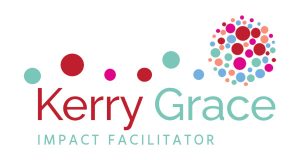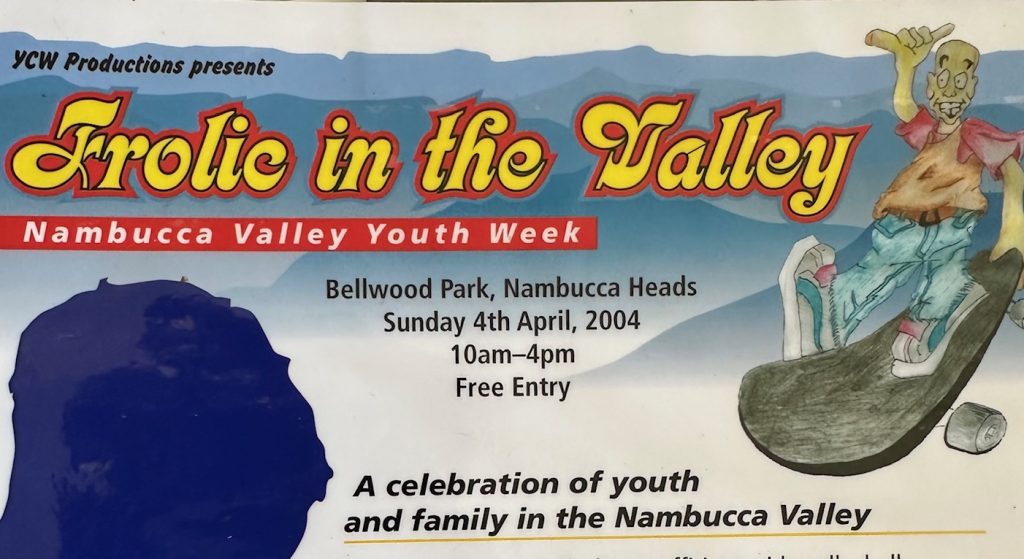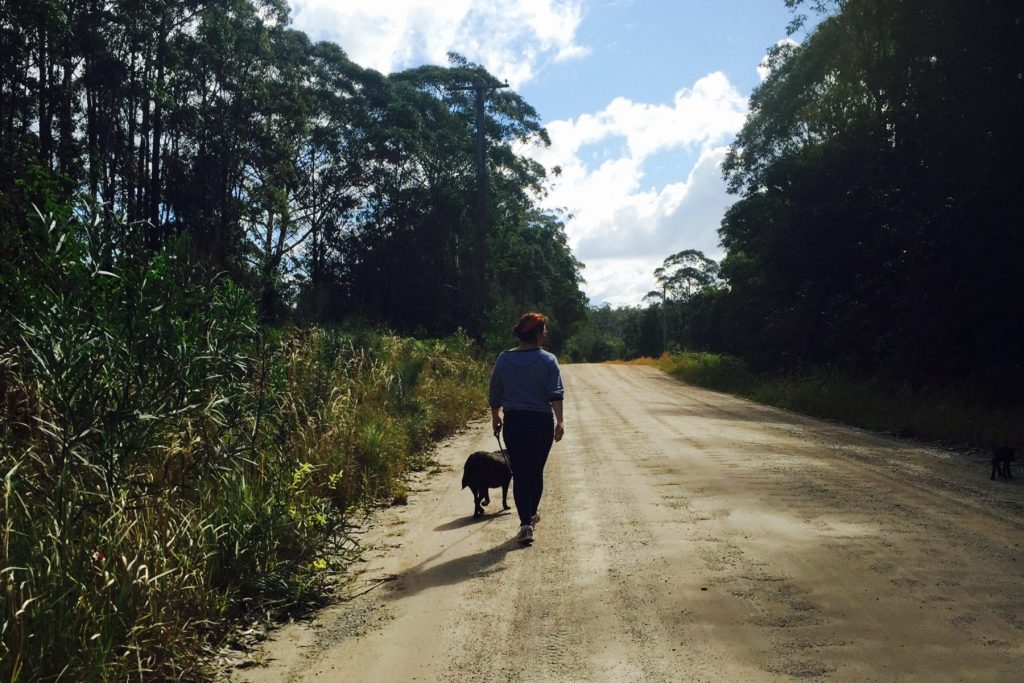As I celebrate my 20th year in business #evolveis20 I’ve also dedicated some time to reflect on what it’s been like to live and work ‘in place’ (in the Mid North Coast of NSW) for two whole decades.
The ‘work’ I’m referring to has lots of names from community and economic-development, regional development to place-based practice.
I broadly define my work as social impact or, building stronger regional communities noting that in regional communities there are not refined social impact eco-systems, there are very few formally aligned job titles and social impact can often be frowned upon as the ‘fluffy stuff’.
Like many impact practitioners I’ve morphed my title, role and eco-system to suit the social impact goals I’ve defined all the while steadily finding ways to deliver impact that matters.
Moving home
It was 2003 when my little family and I moved our few worldly possessions back home to the Mid North Coast of NSW. I’d long since forgotten me as a bombastic teenager who had left only a decade earlier with two cardboard boxes thrown together in the back seat of the car, flicking the bird to my small regional town and failed HSC results and vowing to never return.
Just as the ‘old people’ predicted I did return, home called me back. Like many returners of my age group moving home to the Mid North Coast (Nambucca Valley) was a lifestyle choice. A better way to raise my children, a place I could afford to buy a home, a different pace and so much closer to family, LOTS of family.
Over the years I’ve come to realise that the move home also reinforced my love of regional living, and all the things that make the hearts of our regionalcommunities beat.
Some quick context. The community I returned to was the Nambucca Valley, more specifically, Bowraville. While I didn’t live in the Nambucca until my very late teens (I grew up in Kempsey) my family had a long history in the community spanning many generations. So when we went to look at our first house my mum knew before we’d even made an offer because her cousin lived next door and had recognised me.
Incidentally, the house we did purchase once belonged to one of my grandmother’s best friends. Coincidences like this would continue throughout my engagement in the Nambucca, particularly Bowraville. They felt really good and escalating my sense of belonging, a need I would come to understand as underpinning to my work in community.
In regional communities belonging is important. Particularly to Aboriginal community members who will always start a conversation with ‘who is your mob?’ rather than the white-fulla introduction ‘what do you do?’
Getting started
Already a seasoned contractor I wasn’t afraid of the haphazard work balance that would bring when I moved home so easily fell into a routine of part time work and contracts juggling a 2-year old and growing belly with number 2 on the way.
This also gave me space to dream about what I really wanted to do and it wasn’t long before my dream of supporting young mums into work brought the right people around the table and a festival called Frolic in the Valley was well underway.
In hindsight I suppose jumping from an idea to engage a target group – to a festival for 1,000s of people was a bit of a leap. However, this was one of my first and potentially most potent lessons about working in place and building the resources required to do so. Someone has to be audacious.
Starting from scratch I knew the ingredients I’d need would be:
- A clear idea of the social impact I was trying to achieve
- A network of supporters
- Funding and other resources
- A cohort to jump on board
- An audience to attend the event
- A bit of time to birth a child
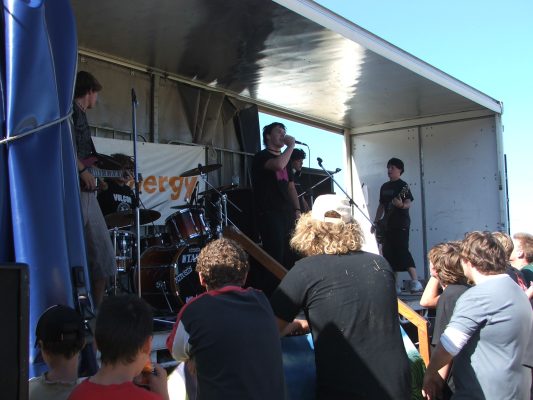
While I didn’t quite define the exact social impact I’d hoped to achieve, assisting young mums to positive pathways, or something like that depending on the stakeholder I was speaking with was good enough at the time. In all fairness there wasn’t really a language for social impact in regional Australia then and things like co-design, theory of change, impact measurement were a long way off in day to day practice.
The concept built upon my earlier experiences coordinating vocational education programs, and of course delivering community events. Somehow I knew the combination of the two things would produce potent results. And it did.
I applied the fool-proof methodology I’d learned running music nights in the city (a strategy that translates well between city and country) – invite a range of performers and your audience levels, and ability to engage across community is guaranteed to increase.
Serendipity, and the work starts
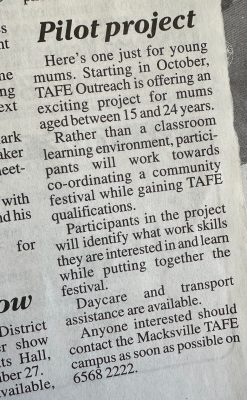
Although the community was not new to me I left a high school student and now had a range of grown-up connections to make. I thought logically through the types of services I’d need to engage: Council, TAFE, youth services, state government.
Then I hit the phones aiming to meet the right people, find out how best to connect and looking for gaps in the market (yes, even social projects have a market).
I struck it lucky. My first call was to the local economic development officer (noting I didn’t know exactly what that was then). He talked me through the idea, liked it and brainstormed a list of contacts. After that call we continued to collaborate across the following two decades.
The first call led me to an important connection with TAFE, where I learned what TAFE Outreach was and found my people under the guidance of the Outreach Coordinator, still a good friend. (Even though the State made a dumb decision to disband outreach in following years).
It wasn’t long before I was regularly attending playgroups, early childhood interagencies, meetings across a range of stakeholders and becoming another very excitable cog in the early childhood / youth services wheel in my community. Why not? I wasn’t costing anyone anything and now and then I had a good idea.
I asked, and asked and asked everyone I could until I fully understood the idea, it’s value and what I wanted to do. I gave value where I could and I formed a thorough understanding of the eco-system (where it would turn out in years to come I would really focus the delivery of my value in community).
Capacity arrives
In my experience great projects always find the partners to give it life eventually. We delivered the event through the marriage of a TAFE Outreach program, additional funding through the Helping Youth At Risk (HYPAR) funding and a Work for the Dole project.
It was a perfect partnership except for one thing – the funding title. Fast forward to graduation day as we acknowledged the HYPAR fund I noted discontent among the participants. I later found out they were very offended being considered youth at risk. While I was grateful for the funding and didn’t necessarily classify them as that either, I had to agree. In fact, many of the participants weren’t mums at all and certainly weren’t ‘at risk’.
The experience made me hyper-aware of funding partners and what that could imply ensuring future transparency around fundraising practice.

Nevertheless, eight months, two funding programs, a dozen participants and one baby later the first (of two) Frolic in the Valley festivals was delivered.
Events provide a perfect eco-system for the development of life-skills. The event budget, for example gave us an opportunity to discuss personal budgets and things like Christmas hamper subscription models and gym memberships came up and more often than not were cancelled as the cost wasn’t rationalised. We spoke about event legalities bringing in a local solicitor who was also willing to discuss personal legal matters. Everything involving the event aligned back to the participants.

After the event
The extended duration of the program enabled the continuation of our networks and over time a range of outcomes were realised for the participants from jobs to accessing important support networks, building friendships and connecting with community.
While there is no doubt my role in the program was to be the lead, teacher, head I learned a hierarchical approach was as stupid as it was fruitless. Having babies the same ages as most of the participants I also connected with the participants as a mum learning that they also had a lot to teach me.
Through the years after the program many of us still ran into one another at childcare centres, school, at work and of course at the supermarket.
Like every cohort I’ve delivered a program with I always make it clear that if they need support, connections, contacts to reach out. Sometimes they do, and sometimes it’s me reaching out to them.
Getting past the heirarchy of support was also an important factor in my ability to deliver effective place-based work. I have a lot to say about the notion of the saver/saved; teacher/student; participant/leader. In small regional communities we all wear many hats and likely as not these roles will be switched for the next project or life interaction.
And besides, my experiences of being a ‘boss’ in regional communities where you are very likely to run into the person you had to let go, and their five closest friends at the local supermarket left a lot to be desired.
Coming up…
Over the coming weeks I’ll continue my reflections on 20 years in place exploring concepts from belonging, connection, family, factions, collaboration and solving our biggest problems from the supermarket aisle.
It’s been a great privilege to serve my broader community for two decades and I don’t take the investment my community has made in me lightly.
Ready Communities combines my hand-on experience working in regional Australian communities across education, community and economic development and aligns with the broad experience of co-founder, Chad Renando. Over the following decade we intend to deliver our program across 15-18 communities throughout Australia. If you live in a regional Australian community with population under 30,000 we’d love to hear from you.
